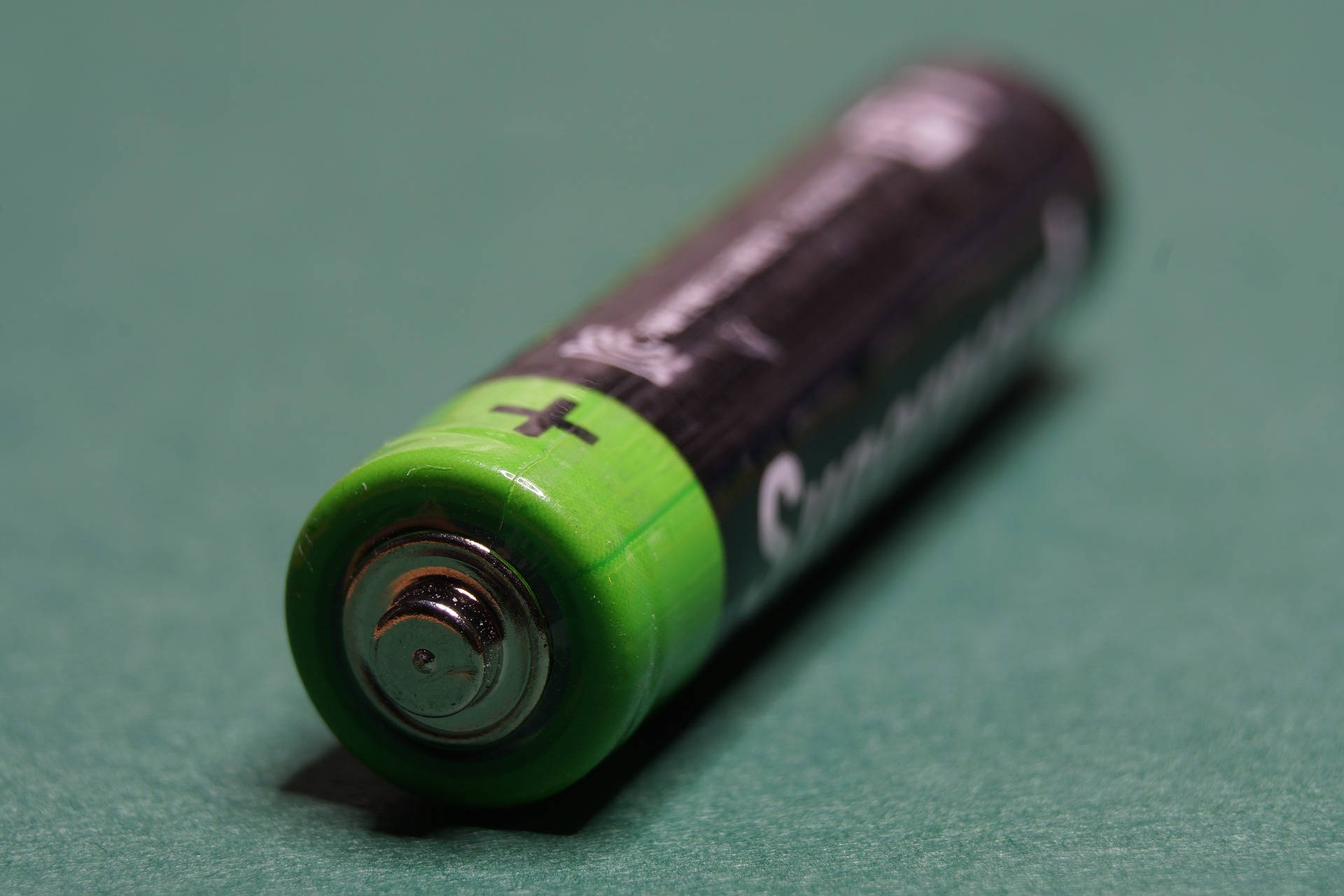That Time a 5th Grader Designed My AP Chemistry Lesson!
The most important part of the shifting one's instruction to an inquiry learning cycle approach is challenge of "Calling Students to Adventure", engaging them by strategically sparking their curiosity.

I have written many times before about the connection between the 5E learning cycle and Joseph Campbell's Hero's Journey. Click here for a diagram that pairs the two processes together well.
Perhaps the most important part of the shifting one's instruction to an inquiry learning cycle approach is challenge of "Calling Students to Adventure", engaging them by strategically sparking their curiosity. The goal of this process is to STRATEGICALLY elicit spontaneous questioning about a topic in such a way that students begin to ask question about the lesson plan you have already created.
Yes, you could ask them the questions directly.
However, I find when the questions come directly from the students they are markedly more engaged and empowered.
Below is an example of a "spark" I recently found that I plan to use in my chemistry class during the 2018-2019 school year:
Electrochemistry, specifically the intricacies of oxidation and reduction tend to be challenging ones to engage students in. The process of electron flow can be a challenging one to visualize, and beyond making batteries with lemons, nails and pennies, finding a simple, tangible, and engaging way to created a window into the topic and spark spontaneous, natural intrigue about the topic is something I have yet to do successfully.
Keeping this in mind, this summer I spotted one of my 5th grade science camp students dropping a AA battery and watching it bounce. When I confronted him he said:
Tools and ideas to transform education. Sign up below.
"If it bounces it's empty. If it doesn't it's full".
At the time wasn't yet aware that this "bounce test" was a viral internet phenomenon.
After sitting there watching this young camper test battery after battery I found myself asking questions:
"Why does it bounce?"
"Why does it not bounce?"
"Is this real?"
"Is this a hoax?"
After contemplating the process, and scribbling the inner workings of an electrochemical cell on the adjacent whiteboard in search of a personal explanation, I finally resorted to the internet and found a few articles on the topic. This article was the most comprehensive and successfully quenched my curiosity.
I also found this video on the topic, which gave me an idea of a potential student activity on the topic.
[5 Meaningful Ways to Leverage the "MakeyMakey" in Your Teaching]
Click here to see the video or view below:
Essentially I had gone on my own Hero's Journey..Embodied my own 5E Learning cycle..Lived the metaphor that I speak of so much when working with other teachers or writing blog posts (like this one!).
The young 5th grade science camper ENGAGED me with his battery bounce test.
The subsequent information gap forced me to EXPLORE reasons for this by accessing my prior knowledge.
My lack of ability to resolve this perplexity led to a need for a mentor (the internet) to help me EXPLAIN the concept.
cross posted at www.cyclesoflearning.com
Ramsey Musallam teaches science and robotics at Sonoma Academy in Santa Rosa, California, with the aim of fostering inquiry-based learning environments fueled by student curiosity. He presents widely on sparking student curiosity and teaching with technology. Musallam is a Google Certified Teacher, a YouTube Star Teacher, and a Leading Edge Certified Teacher. Watch his TED talk here and read his blog at www.cyclesoflearning.com.
